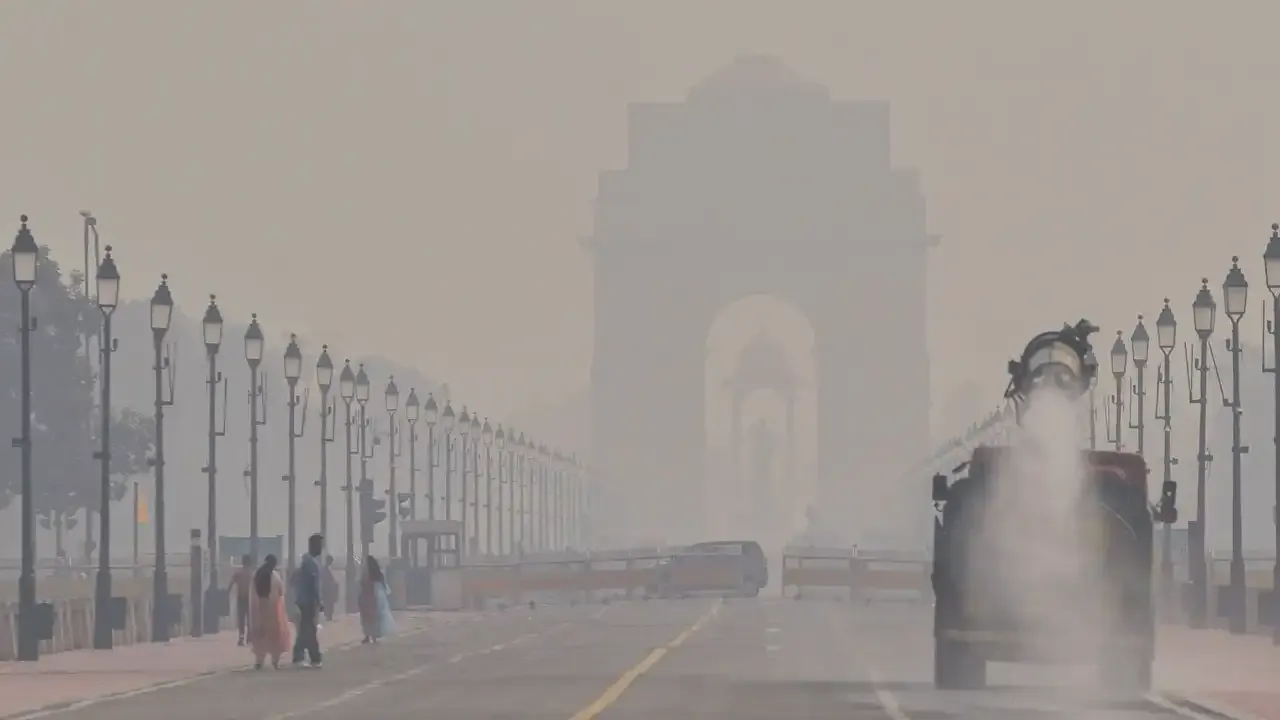Shopping cart
Your cart empty!
Terms of use dolor sit amet consectetur, adipisicing elit. Recusandae provident ullam aperiam quo ad non corrupti sit vel quam repellat ipsa quod sed, repellendus adipisci, ducimus ea modi odio assumenda.
Lorem ipsum dolor sit amet consectetur adipisicing elit. Sequi, cum esse possimus officiis amet ea voluptatibus libero! Dolorum assumenda esse, deserunt ipsum ad iusto! Praesentium error nobis tenetur at, quis nostrum facere excepturi architecto totam.
Lorem ipsum dolor sit amet consectetur adipisicing elit. Inventore, soluta alias eaque modi ipsum sint iusto fugiat vero velit rerum.
Sequi, cum esse possimus officiis amet ea voluptatibus libero! Dolorum assumenda esse, deserunt ipsum ad iusto! Praesentium error nobis tenetur at, quis nostrum facere excepturi architecto totam.
Lorem ipsum dolor sit amet consectetur adipisicing elit. Inventore, soluta alias eaque modi ipsum sint iusto fugiat vero velit rerum.
Dolor sit amet consectetur adipisicing elit. Sequi, cum esse possimus officiis amet ea voluptatibus libero! Dolorum assumenda esse, deserunt ipsum ad iusto! Praesentium error nobis tenetur at, quis nostrum facere excepturi architecto totam.
Lorem ipsum dolor sit amet consectetur adipisicing elit. Inventore, soluta alias eaque modi ipsum sint iusto fugiat vero velit rerum.
Sit amet consectetur adipisicing elit. Sequi, cum esse possimus officiis amet ea voluptatibus libero! Dolorum assumenda esse, deserunt ipsum ad iusto! Praesentium error nobis tenetur at, quis nostrum facere excepturi architecto totam.
Lorem ipsum dolor sit amet consectetur adipisicing elit. Inventore, soluta alias eaque modi ipsum sint iusto fugiat vero velit rerum.
Do you agree to our terms? Sign up

South African cricket legend Jonty Rhodes has become the latest public figure to raise alarm over Delhi’s worsening air quality. Passing through the capital en route to Ranchi, Rhodes took to X (formerly Twitter) to describe the city’s pollution levels as “hard to digest”, echoing the growing frustration of residents and environmental advocates.
“Passing through Delhi en route to Ranchi this evening, and as always, it’s hard to digest the low levels of air quality here. Am grateful to be living in a small fishing village in South Goa,” Rhodes wrote, tagging #AQI and #whats2Bdone.
The former cricketer, widely regarded as one of the best fielders in cricket history, has lived in India for several years and currently resides in Goa. His post reflects not just personal discomfort but also deep concern over the environmental health of the national capital, which remains shrouded in dense smog as winter sets in.
According to data from the Central Pollution Control Board (CPCB), Delhi recorded its worst air quality of the season on Monday, with an Air Quality Index (AQI) of 354, placing it in the “very poor” category. On Sunday, the AQI had reached 390, dangerously close to the “severe” mark.
Out of 38 monitoring stations across the National Capital Region, most reported readings well above 300.
Anand Vihar: 379
ITO: 376
Chandni Chowk: 360
Okhla Phase-II: 348
Jawaharlal Nehru Stadium: 316
IGI Airport (T3): 305
In neighbouring regions, Noida and Greater Noida fared little better, with AQIs ranging between 314 and 342, highlighting how pollution continues to engulf the entire Delhi-NCR belt.
As per CPCB guidelines:
0–50: Good
51–100: Satisfactory
101–200: Moderate
201–300: Poor
301–400: Very Poor
401–500: Severe
With temperatures dropping to 11.7°C — below the seasonal average — a thick smog blanket further reduced visibility, worsening respiratory discomfort and eye irritation among residents.
As the pollution crisis deepened, parents, students, and environmental activists staged a demonstration at India Gate, urging authorities to take immediate and comprehensive action. Protesters carried placards demanding stricter emission control, better waste management, and accountability for stubble burning across northern states.
Participants expressed growing fear over the health consequences of chronic exposure to toxic air, particularly its link to non-smoker lung cancer, which has seen a worrying rise in Delhi and adjoining regions.
Rhodes’ comment adds to a growing chorus of voices from public figures and citizens calling for decisive intervention. His perspective — comparing Delhi’s smog to the clean air of his coastal home in Goa — underscores the widening gap between India’s polluted urban centres and its rural or coastal regions.
Fans responded to his post with messages of support and frustration, with many highlighting that despite years of emergency measures, Delhi’s pollution levels continue to worsen each winter.
Delhi’s pollution crisis is an annual public health emergency, driven by vehicular emissions, industrial waste, construction dust, and stubble burning in nearby states. Despite policy efforts such as odd-even vehicle restrictions and Graded Response Action Plans (GRAP), tangible improvement remains elusive.
As the capital once again grapples with toxic skies, Jonty Rhodes’ words — “hard to digest” — capture what millions of residents already feel daily: a mix of helplessness and hope that meaningful change will finally arrive.
#allindiastory
6
Published: Nov 10, 2025